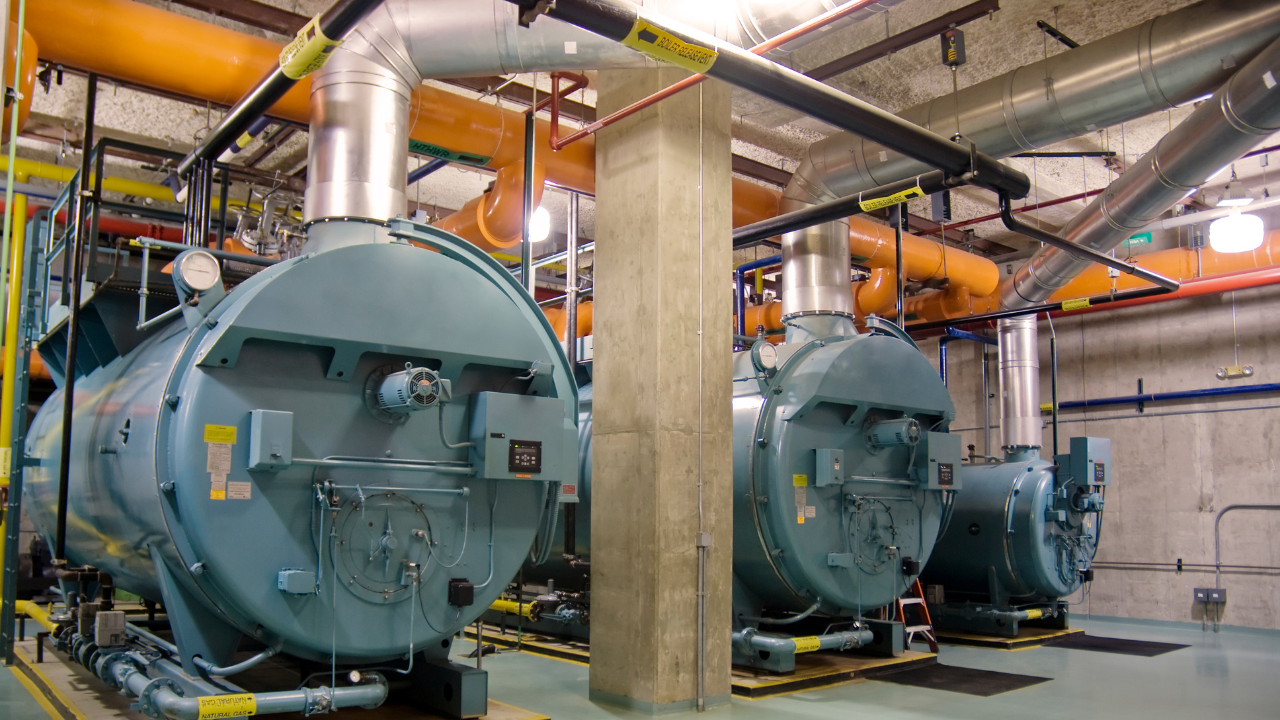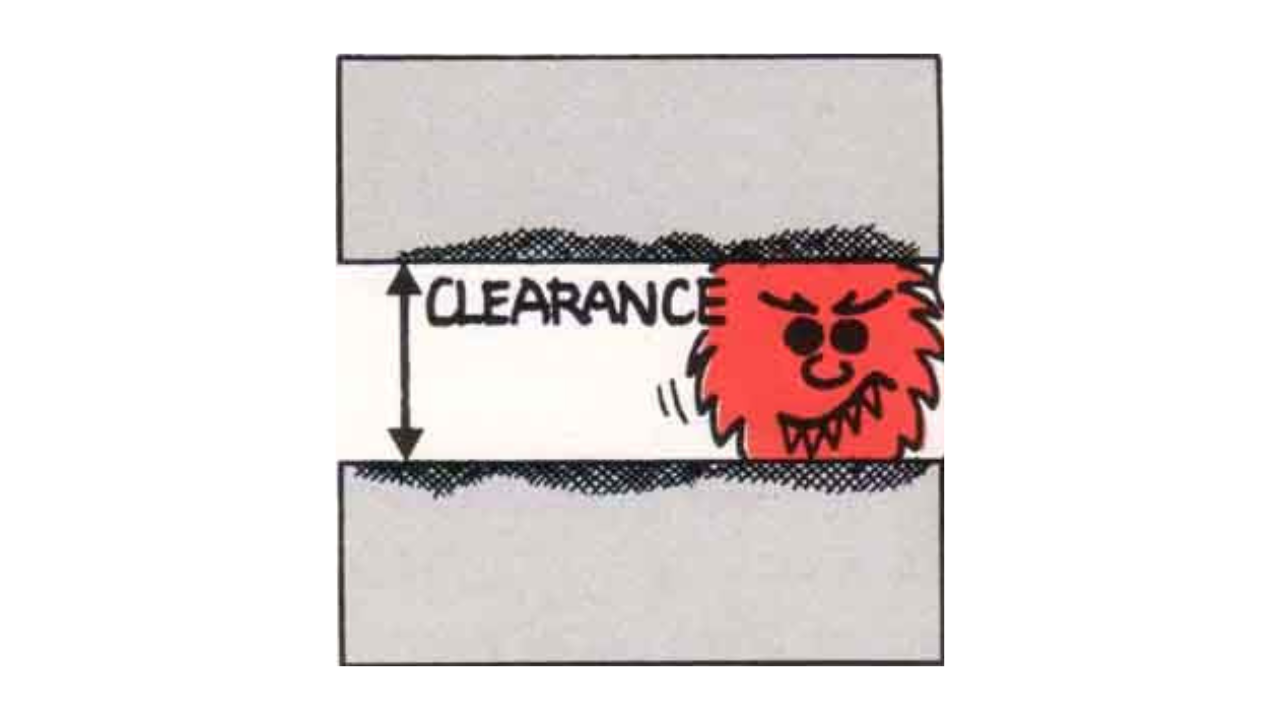RCFA of Bearing Failure
Joe Conyers
Motion Control/Fluid Power: Learning from RCFA of Bearing Failure
When a bearing in a critical piece of equipment fails prematurely, a maintenance specialist knows the failure usually indicates there is more here than meets the eye. What the untutored eye sees is a failed bearing and little more. However, a premature bearing failure is symptomatic of other problems that, if left untreated, will cause the same kind of failure to occur again.
Understanding Bearing Failure
A sound practice following a premature bearing failure is to send the failed bearing out for analysis to find out why it failed. Such analyses can help maintenance departments determine the root cause of a bearing failure and pinpoint action that can be taken to prevent future failures.
In many cases, a bearing subjected to abnormal operating conditions exhibits signs of lubrication failure. The lubricant may have failed, but poor lubrication delivery, maintenance methods, or the wrong lubrication type may have been the root cause of the failure.
To understand why additional analysis in this case is often necessary, one must realize that an abnormal operating condition often produces excessive heat within a bearing. Heat buildup lowers the viscosity of the lubricant, reducing the thickness of the fluid film that separates bearing surfaces. The result is metal-to-metal contact and bearing failure.
The surface damage and increased friction that results from metal-to-metal contact further increases the bearing’s operating temperature, reducing the lubricant’s viscosity and fluid-film thickness even more. Under such conditions, continued operation seriously jeopardizes the bearing and results in bearing failure. In such situations, it is easy to incorrectly diagnose the problem as a lubrication problem.
When a bearing fails, there is a certain sequence of events that occurs. A trained analyst examining a failed bearing can read those events. Often, the process of getting to the root cause of a bearing failure is relatively straightforward.
Not every analysis is straightforward. It often is difficult to determine the mode or modes of failure from a severely damaged bearing. The more information about such a bearing, its application, and its history that an analyst has, the better the chances of discovering the cause of failure. A history of the bearing in the form of condition-monitoring data is valuable and speeds up the analytical process.
When an analyst determines the cause of failure, the maintenance department is in a better position to implement changes to in-crease the life of the replacement bearing.
Correctly interpreted, condition-monitoring data that makes the analyst’s search for a cause of bearing failure easier can also be used to prevent failures before they occur. Or, that data can signal that a bearing should be removed from service before a failure occurs, resulting in damage that will probably hide important clues that could identify the root cause of an impending failure.
Predicting Failure
There are many predictive technologies with varying levels of sophistication that can spot the degeneration of a bearing before it fails. Some common ones are outlined below.
Vibration analysis can detect and analyze the condition of various components, including rolling-element bearings. By analyzing vibration signatures produced by bearing components, a vibration analyst can pinpoint bearing damage caused during operation. Any unusual pattern generated at one of these suspected frequencies is cause for immediate concern.
Today’s vibration analysis tools include handheld data logger/analyzers with features to facilitate the detection, analysis, and correction of machine problems. A frequency analysis feature can overlay bearing defect frequencies on collected spectra to facilitate the detection and identification of machine and component problems.
Handheld computers support operator-based maintenance. Online systems can constantly monitor bearings and other components. Powerful analysis software can manage, manipulate, and analyze machine condition data.
Lubricant analysis can reveal the condition of bearings lubricated by either a static oil sump or circulating oil by the amount of contamination present in the system. In addition to obtaining an indication of the bearing components’ condition, the analysis also gives an indication of whether the oil in the lubrication system is degrading.
Temperature monitoring, while providing insight into potential bearing problems, does not reveal the actual condition of bearing components as accurately as vibration monitoring and lubricant analysis.
An elevated bearing temperature affects the lubricant’s viscosity and can lead to failure. Therefore, the maintenance professional should attempt to find out why a bearing is overheating and try to correct the situation.
Causes of Bearing Failure
There are four common causes of premature bearing failure that your RCFA of bearing failure may uncover.
Poor lubrication practices coupled with errors in specifying bearings cause 36% of premature bearing failures. While sealed-for-life bearings can be fitted and forgotten, any bearing deprived of proper lubrication will fail long before its normal service life.
Wherever manual maintenance is not feasible, a fully automatic lubrication system can be installed to lubricate a bearing with the right amount of lubricant at the correct lubrication intervals. Failure can be the result of using the wrong lubricant type, mixing lubricants, improper re-lubrication amounts, and improper additives.
Fatigue accounts for 34% of early bearing failures. Whenever machines are overloaded, unbalanced, or misaligned, bearings suffer the consequences. These abnormal conditions cause unintended loads on the bearing that can quickly add up to a dramatic reduction in service life.
Premature failures from fatigue may appear to be the result of lubrication problems. Most of these problem conditions can be detected using predictive or condition-monitoring techniques long before failure occurs.
Poor installation accounts for about 16% of all premature bearing failures. Service personnel need to be aware of which tools to use and be trained in using them.
Bearing users have the option of securing training for their personnel or contracting to have installations done by outside professionals. Improper installation techniques can lead to failures from load imbalance, misalignment, or improper load distributions within the bearing.
Contamination contributes to about 14% of premature bearing failures. Bearing users have sealing solutions available that can be tailored to the most arduous operating environments. Typical failures can be the result of excessive wear, abnormal surface stresses caused by debris denting, or corrosion from liquid contamination, such as water.
Systems Approach
Maintenance departments need to look at their plants’ equipment as systems operating in specific environments and supported by specific operational practices. They need to look beyond bearings and employ condition monitoring and predictive maintenance practices as well as corrective maintenance programs. In companies where resource or training limitations exist, outsourcing such services to complement internal competencies can help move a reliability program into high gear. RCFA of bearing failure is a necessary and important practice all maintenance departments should perform at their organization.
Need more information? Click here to read, Troubleshooting Premature Bearing Failure.
Joe Conyers, Bearing Maintenance & Reliability Instructor, SKF Reliability Maintenance Institute, A Division of SKF Reliability Systems, Hanover, Pa. Industrial Distribution June 1, 2003
Related Articles
Analyzing Semiconductor Failure

Improvement: What Comes First?

An Integrated Process for System Maintenance, Fault Diagnosis and Support

Anatomy of a Boiler Failure—A Different Perspective

Anatomy of a Hydraulic Pump Failure

Are We Willing to Hear What “Failure” Has to Say?




